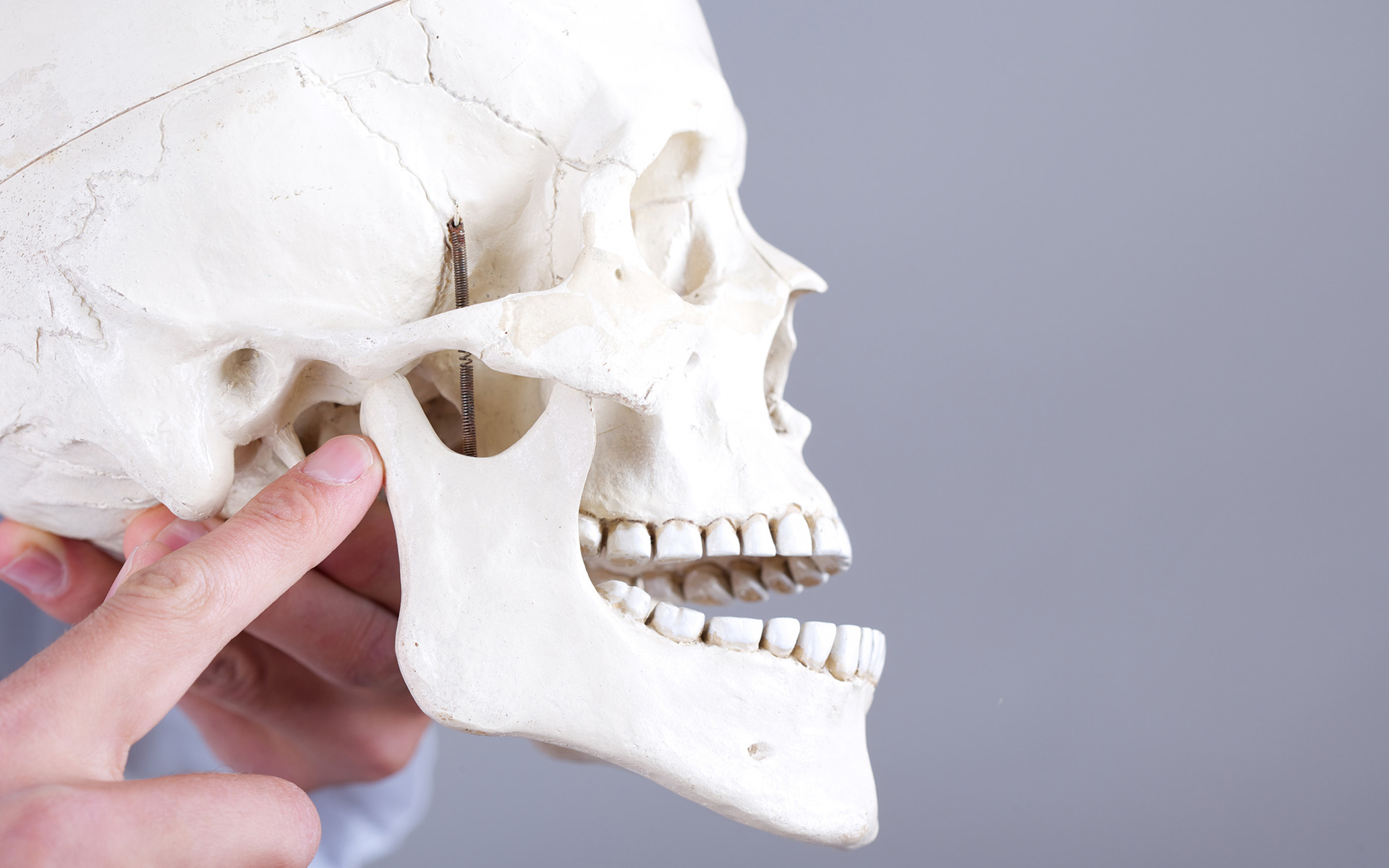
Temporomandibular Joint (TMJ) Disorders

Temporomandibular Joint (TMJ) disorders are conditions that affect the jaw joints and surrounding muscles and ligaments. It can be caused by trauma, an incorrect bite, arthritis, or wear and tear. Common symptoms include jaw tenderness, headache, earache and facial pain.
What is TMJ?
TMJ is an abbreviation that stands for temporomandibular joint. Your temporomandibular joints are located on either side of your face, just in front of your ears. TMJs connect your lower jawbone to your skull and assist with movements such as chewing and speaking.
What Does TMD Mean?
It means temporomandibular joint dysfunction and can refer to a group of problems as well as a single disorder. TMJ dysfunction occurs when the muscles and ligaments around your jaw joints become inflamed or irritated. The condition may be acute or chronic, and the resulting pain may be mild or severe.
What are the Causes of Temporomandibular Joint Disorder?
TMJ disorder can result from injury to the jaw joints or surrounding tissues. In addition, the following reasons can also cause TMD;
- Bruxism (teeth grinding/clamping)
- Arthritis in TMJ (inflammation in the joints, produced by the body)
- Stress
- acute trauma
- An inappropriate bite
What Are the Most Common Symptoms of Temporomandibular Joint Disorder (TMD)?
TMJ dysfunction is most common between the ages of 20 and 40 and is more common in women than men. Some of the most common TMJ symptoms include:
- jaw pain
- Headache
- Earache
- Pain in the neck or shoulders
- Difficulty opening mouth wide
- Jaws that "lock" in open or closed mouth position
- Cracking-like sounds in the jaw joint when opening or closing the mouth
- A tired feeling on the face
- difficulty chewing
- Tinnitus or ringing in your ears
- Changes in the way your teeth fit together
- swelling on the side of your face
- Toothache
How Is TMJ Disorder Diagnosed?
In most cases, TMJ dysfunction is diagnosed during a dental exam. Your dentist observes the range of motion by opening and closing your mouth, tries to diagnose the problem area by pressing on your face and jaw at the points of discomfort, and gets an idea of whether there is a problem by feeling around your jaw joints while opening and closing your mouth. In addition to this physical examination, the following procedures can be performed to view the jaw joints and determine the extent of the damage;
- Panoramic X-rays: This type of dental X-ray shows a broad overview of your teeth, jawbone, and TMJs.
- CBCT scans: Cone-beam computed tomography (CBCT) scans capture thousands of images of your teeth, jaws, facial bones, and sinuses. These images are then combined for a detailed 3D image. Dental CT scans give your dentist a more detailed view of your facial anatomy.
- MRI scans: In some cases, magnetic resonance imaging (MRI) may be used to view soft tissues in and around the jaw joints. These images show the position of the disc, inflammation and possible locking of the jaw. In this way, your doctor can understand whether the TMJ disc is working properly and is in good condition.
You may be referred to a specialist for further care and treatment. An oral maxillofacial surgeon specializes in the treatment of skeletal conditions such as TMJ dysfunction and can provide the necessary treatment when a TMJ disorder is detected.